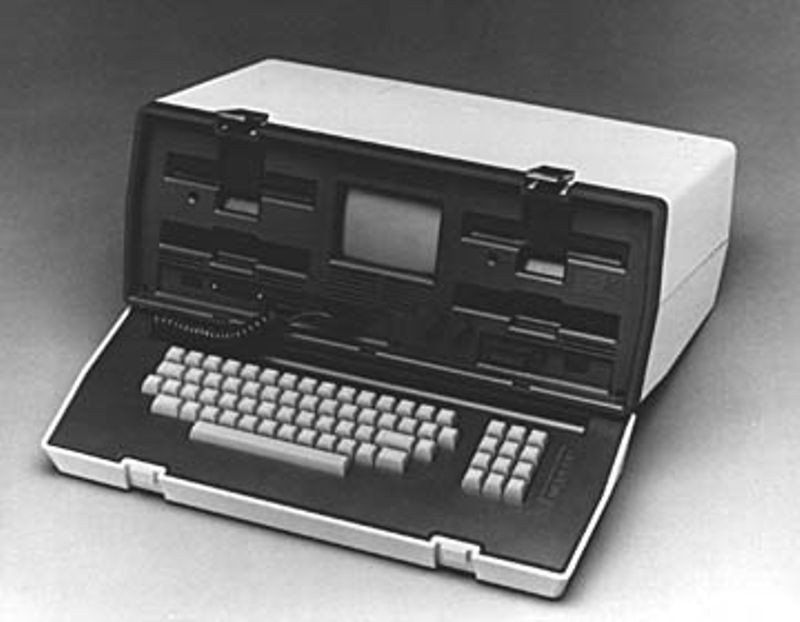I'd heard about ARPANet through readings for this class and others and knew that it was a Sputnik-era version of the Internet, but I didn't know much about how people actually connected to the Internet between its ARPANet military days and what vague concept I have of dial-up. This earlyish-Internet-esque webpage from Elon University helped me out, telling me that in 1969, ARPANet connected 4 American universities in the first computer network. From there, other colleges continued to be added, and then in '72 the ARPANet went public and the first email was sent, but even by the late '70s it wasn't really used by anyone outside of the research community. After this came what I read about the WELL, and Sir Tim Berners-Lee.
All this still didn't tell me how people physically got connected to the web. I wanted to know about the cables and wires and clunky monitors and how that all fit in, since I'd only ever heard of it from my parents and seen little bits and pieces in movies. This article on the history of the internet in the 80s was a little more helpful, showing pictures of the first (extremely clunky) portable computer.
An absolute unit
However, this video was much more helpful at actually explaining and showing the different physical components of an earlier computer (in the first 5 minutes, he gives an introduction before he starts connecting). Of course, this is a modernized version since the video was made in 2014, but it gave me a pretty good idea.
The amount of waiting involved didn't surprise me, but I did wonder if I would be able to do it now that I'm used to the internet speeds we have now - everything is near-instant. However, I think that if I was new to it when it was first around, the novelty would outweigh the waiting and I'd also have nothing faster to compare it to. Do you think you'd be able to be patient with the "ancient internet"?

No comments:
Post a Comment